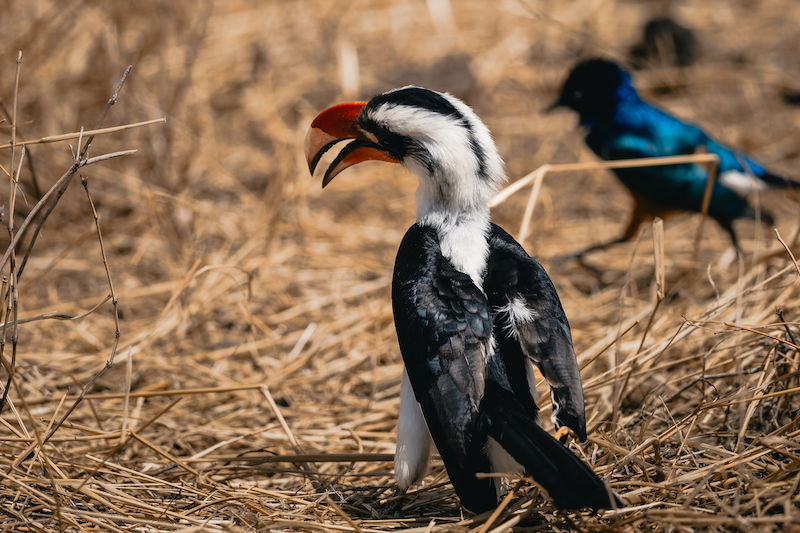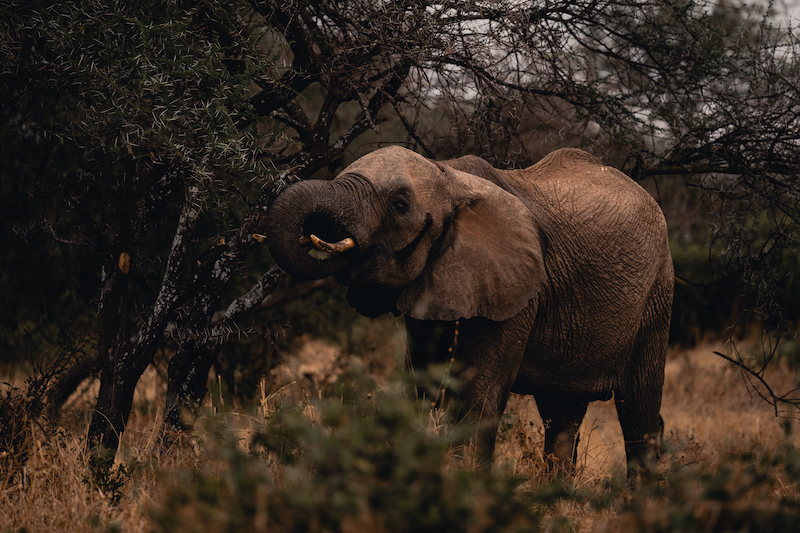A UNESCO World
Heritage Sites
Ngorongoro Crater
Ngorongoro Crater: The Ngorongoro Conservation Area encompasses the Ngorongoro Crater, a UNESCO World Heritage Site. The crater is a massive caldera formed by the collapse of an ancient volcano. It is a self-contained ecosystem that harbors an incredible concentration of wildlife, including the Big Five (lion, leopard, elephant, buffalo, and rhino). The Ngorongoro Crater is the largest unbroken caldera in the world and offers a distinct safari experience that is unmatched in the region. Ngorongoro Conservation Area, which includes the Ngorongoro Crater, is a unique national park in Tanzania due to the following reasons:
- Ngorongoro Crater: The Ngorongoro Crater is a remarkable geological feature and the main attraction within the conservation area. It is the world’s largest unbroken caldera, formed by the collapse of an ancient volcano millions of years ago. The crater’s floor, spanning approximately 260 square kilometers, is a self-contained ecosystem with diverse habitats that support an incredible concentration of wildlife.
- Abundant Wildlife: Ngorongoro Crater is often referred to as the “Garden of Eden” due to its extraordinary wildlife population. It is home to an impressive variety of wildlife species, including the iconic Big Five (lion, leopard, elephant, buffalo, and rhino). The crater’s enclosed nature and abundant water sources make it easier to spot and observe animals up close, providing exceptional game viewing experiences.
- Conservation Success: Ngorongoro Conservation Area showcases a successful model of wildlife conservation and human-wildlife coexistence. The area is managed by the Maasai people, who have inhabited the region for centuries and continue to coexist with the wildlife while practicing traditional pastoralism. This unique conservation approach allows the preservation of biodiversity and cultural heritage while supporting sustainable development.


- Cultural Significance: The Maasai people and their vibrant culture are an integral part of Ngorongoro Conservation Area. The Maasai have maintained their traditional way of life, and visitors have the opportunity to learn about their customs, traditions, and traditional dwellings (bomas). Cultural visits to Maasai villages provide insights into their unique lifestyle, beadwork, music, and dance.
- Stunning Scenery: The landscape within Ngorongoro Conservation Area is breathtaking, combining expansive grasslands, dense forests, soda lakes, and dramatic hills. The picturesque scenery, with the towering walls of the crater rim enclosing the vast crater floor, creates a stunning backdrop for wildlife viewing and photography.
- Avian Diversity: Ngorongoro Conservation Area is a haven for bird enthusiasts. The varied habitats within the area support over 500 bird species, including flamingos, pelicans, ostriches, raptors, and numerous waterbirds. Birdwatchers can enjoy spotting both resident and migratory species in this diverse avian paradise.
- Olduvai Gorge: Located within the conservation area, the Olduvai Gorge is an important archaeological site known as the “Cradle of Mankind.” Fossils and stone tools found here have provided crucial insights into human evolution and are significant to our understanding of early human history.
- Accessibility and Location: Ngorongoro Conservation Area is easily accessible, located in northern Tanzania and well-connected to popular safari destinations like Serengeti National Park. Its proximity to other iconic wildlife areas allows for comprehensive safari itineraries, combining different ecosystems and wildlife experiences.
